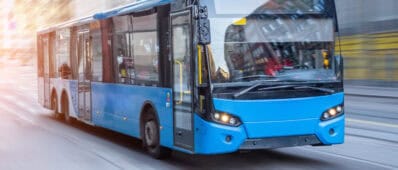Project Summary
Since 2017, there has been massive growth in micromobility trips (i.e., trips taken by electric bike-share and scooter-share). To understand the extent to which micromobility services such as bike-share and scooter-share are replacing driving, this project explores the trip-chaining patterns of micromobility users. The project uses travel diary data collected from micromobility users in 48 cities across the US. Results point to a considerable portion of car owners leaving their cars at home when using micromobility, suggesting that, for a subset of users, micromobility can form part of a car-free or car-light day of travel, despite having a car available.

